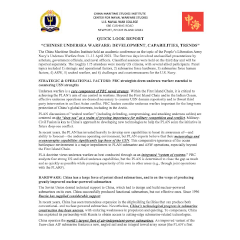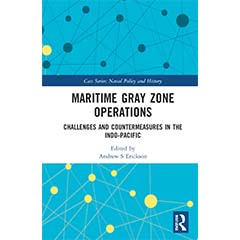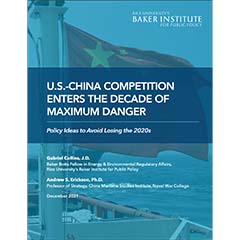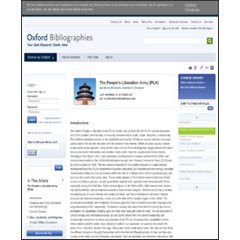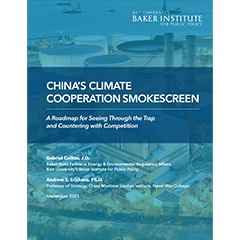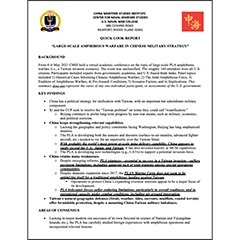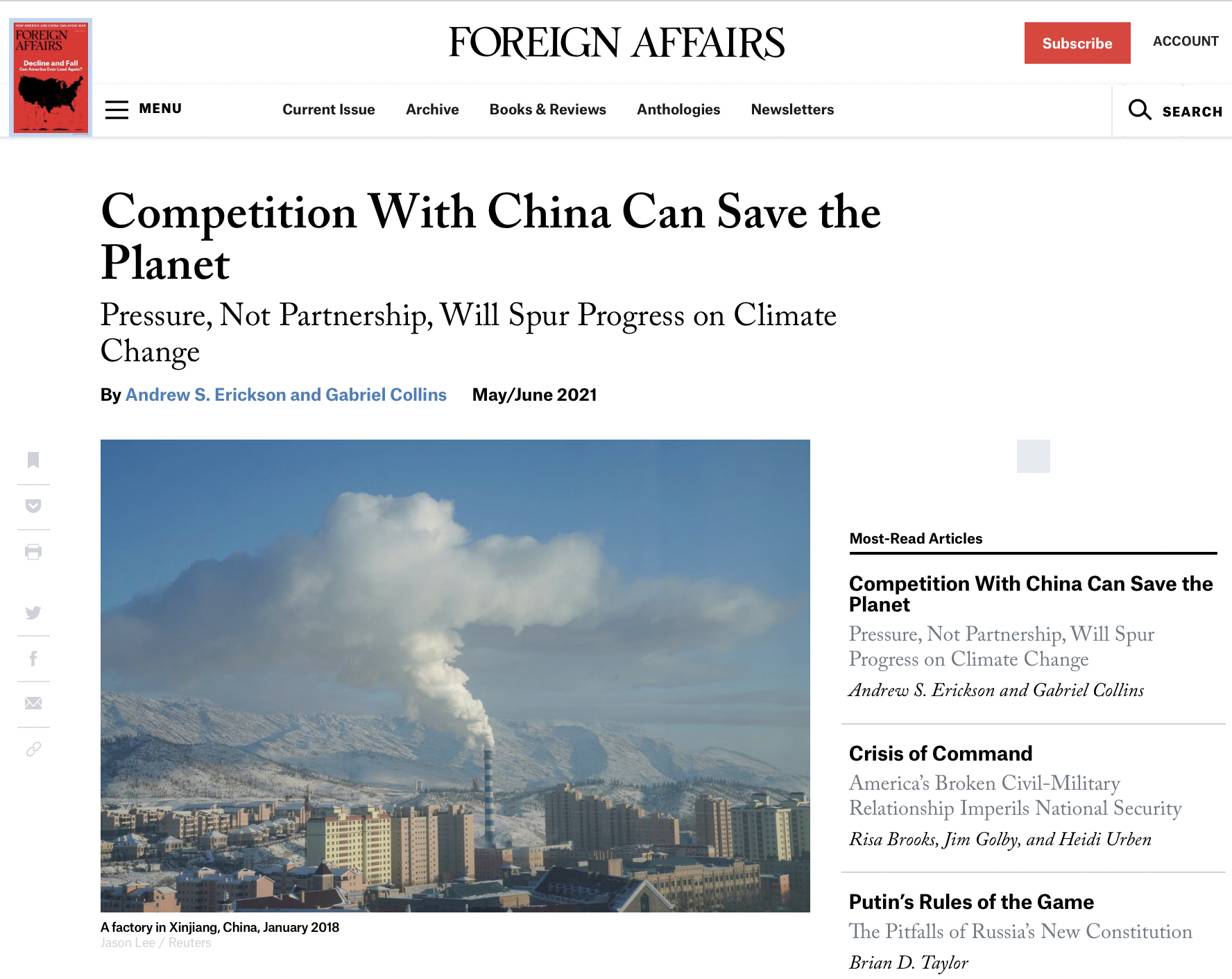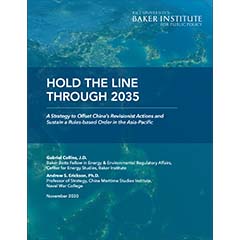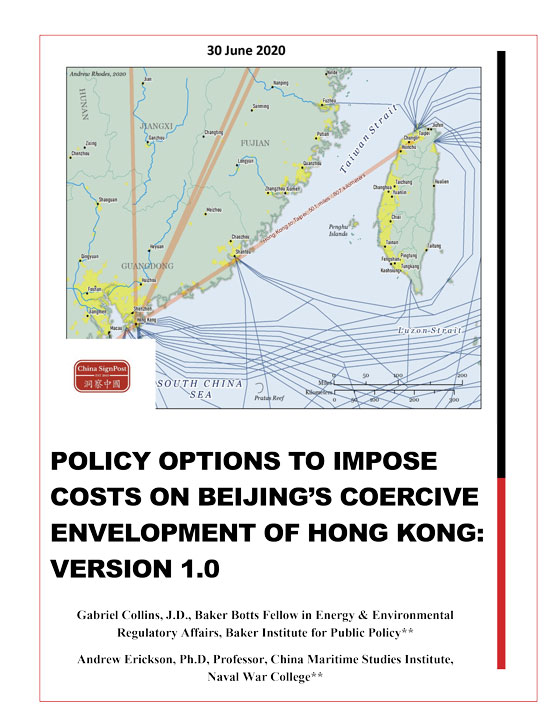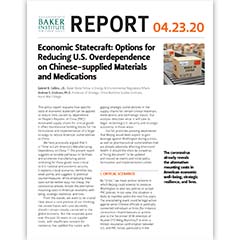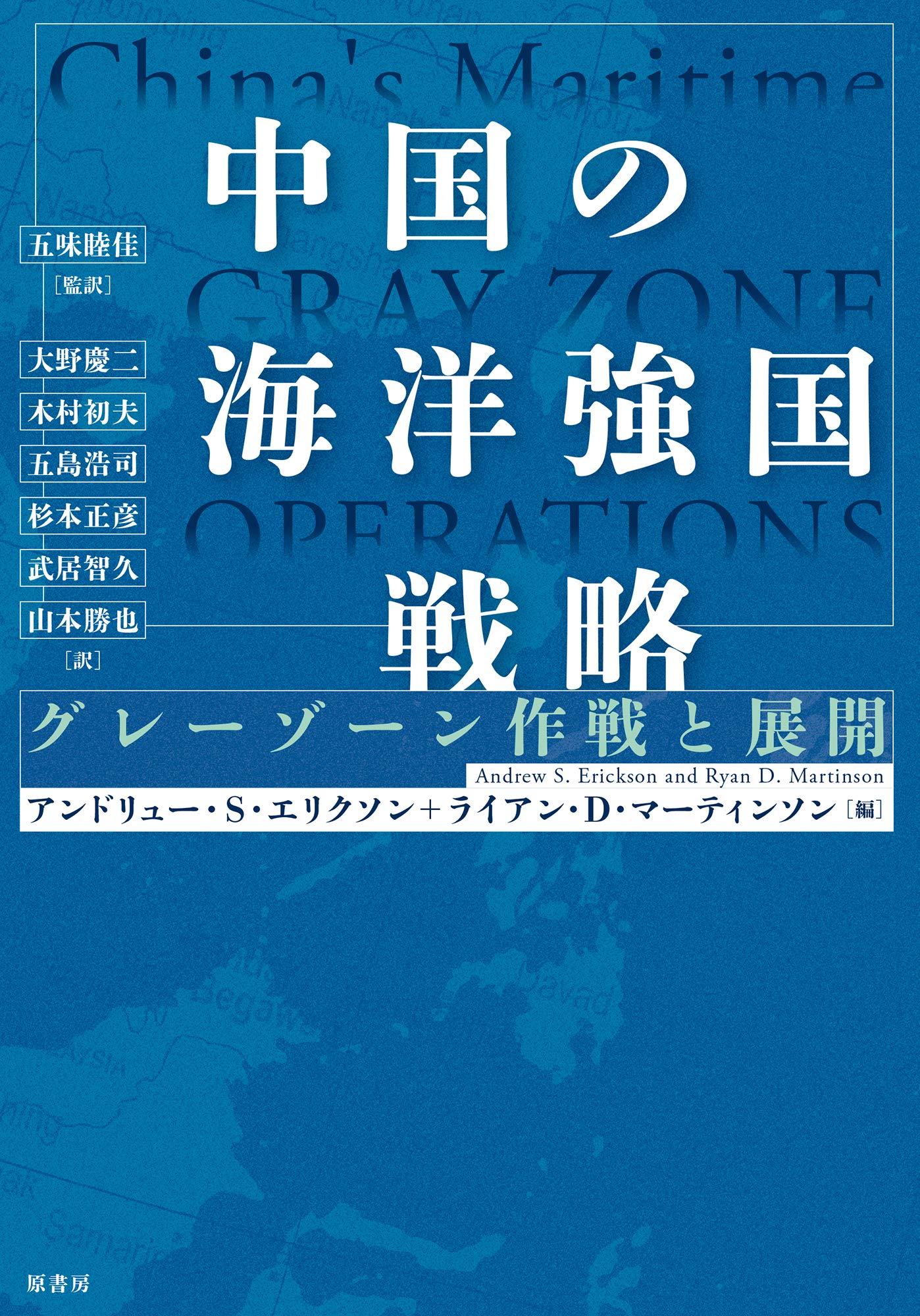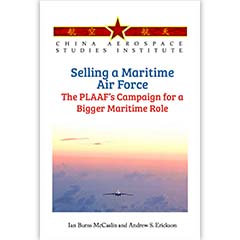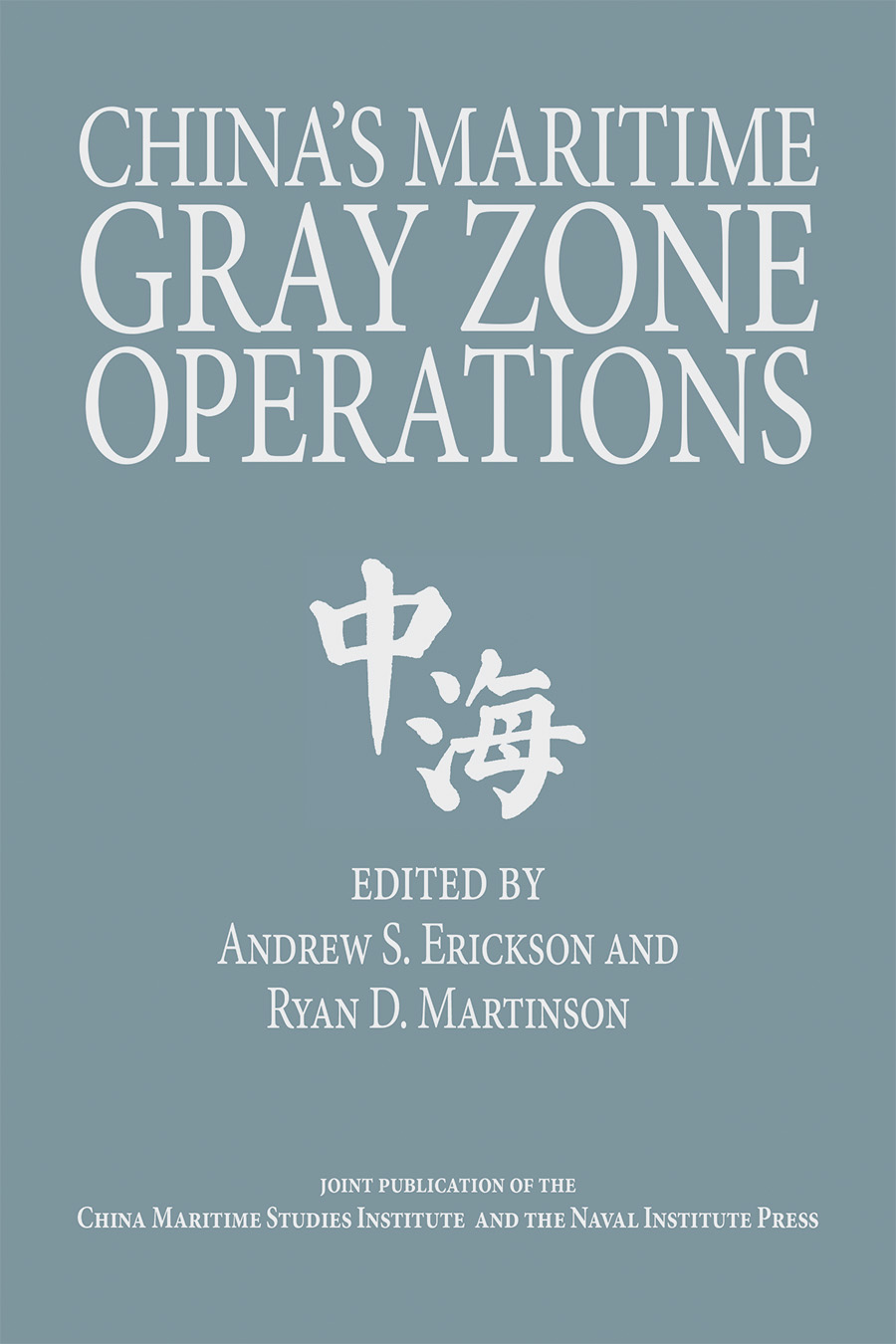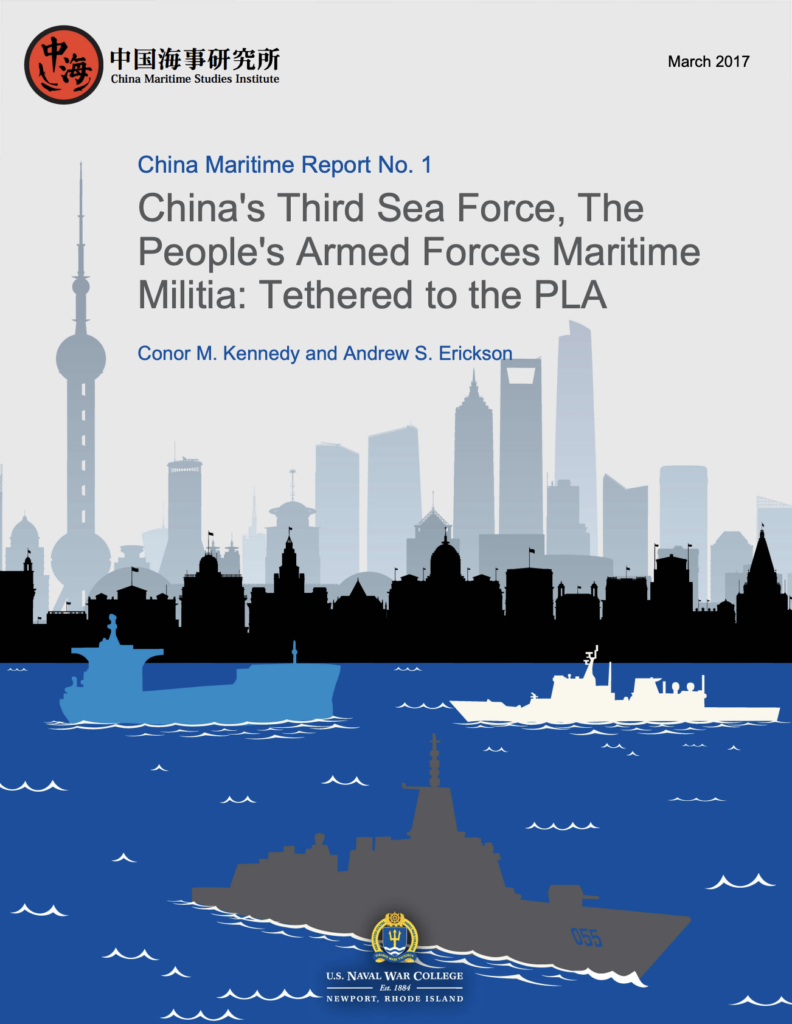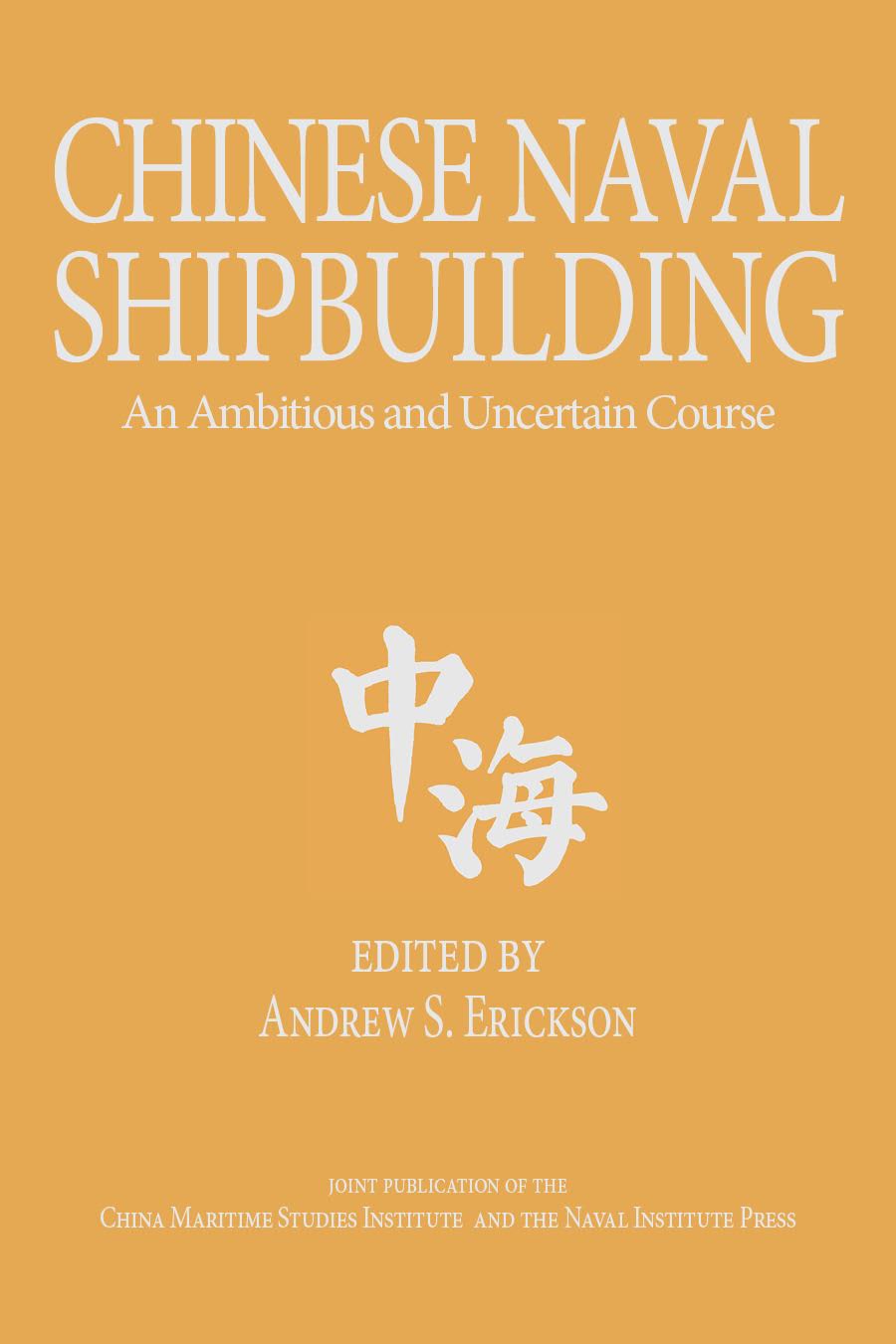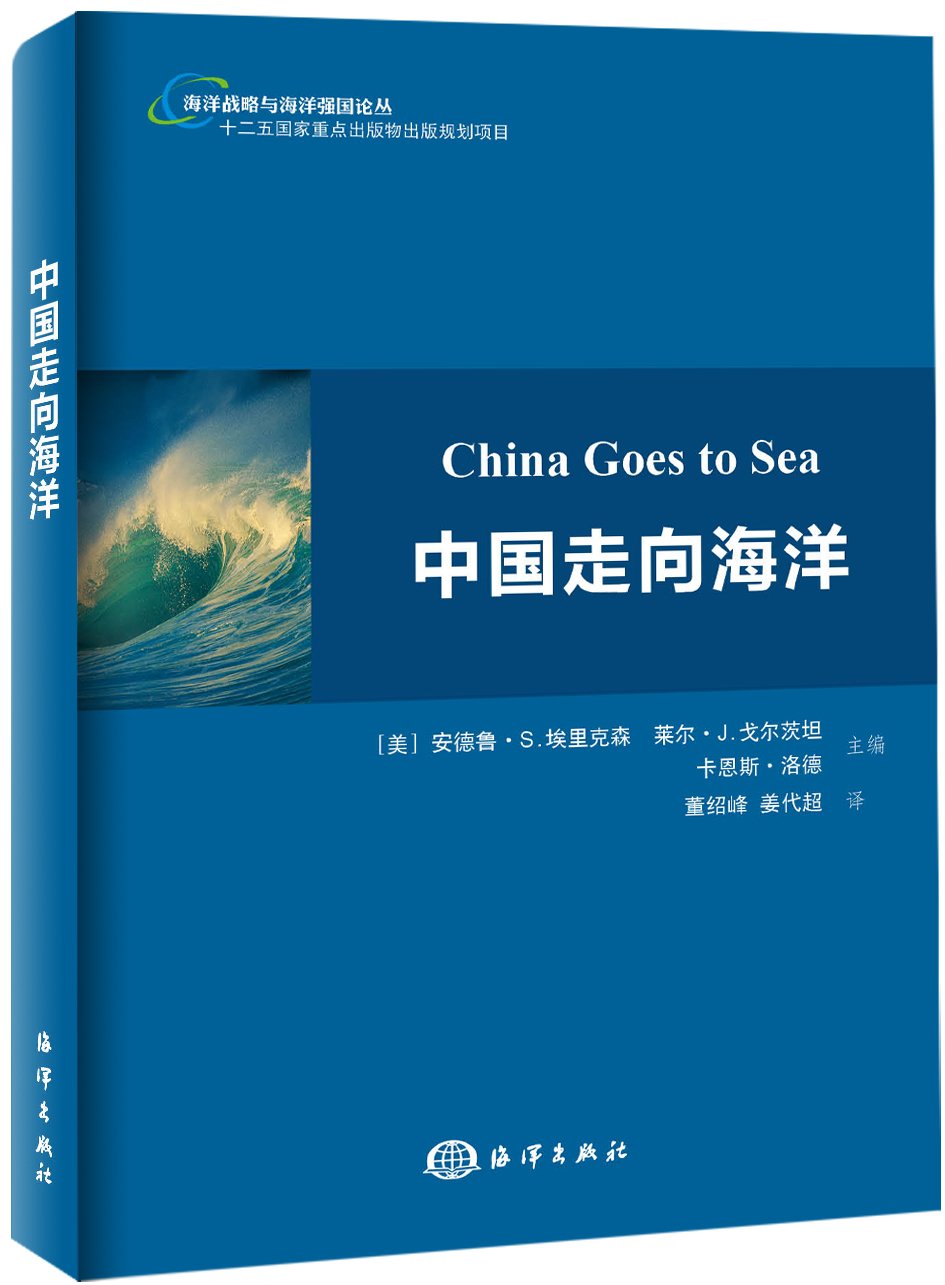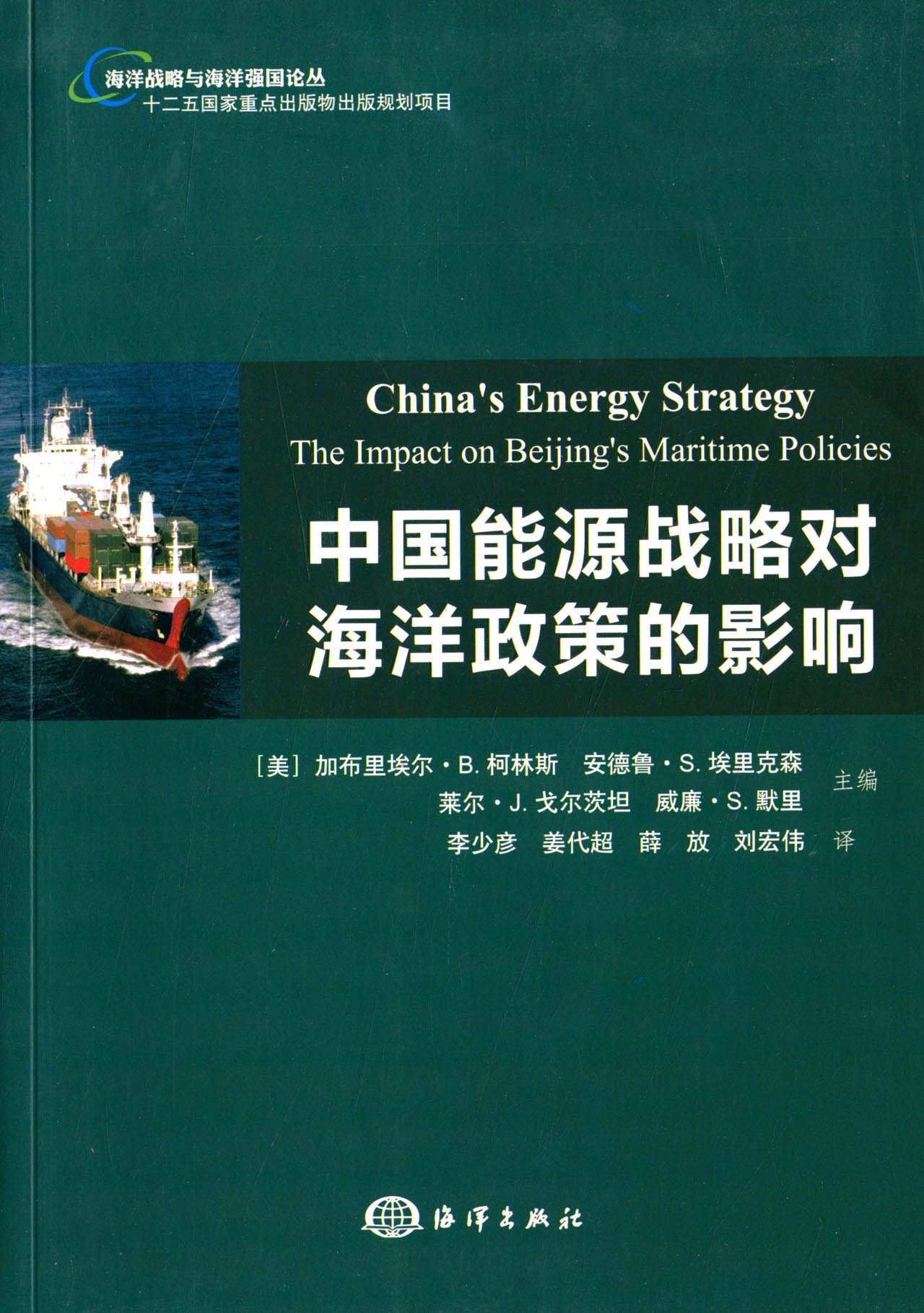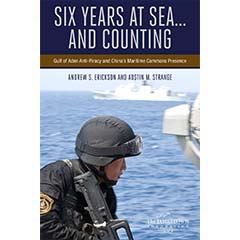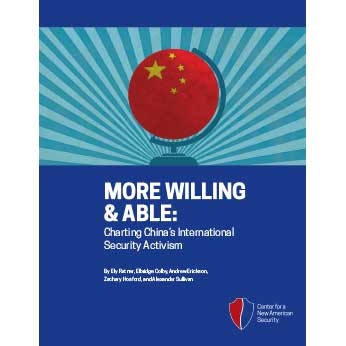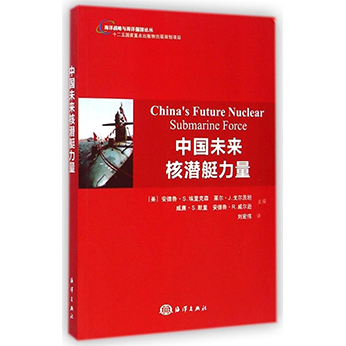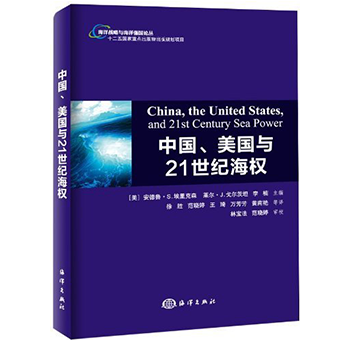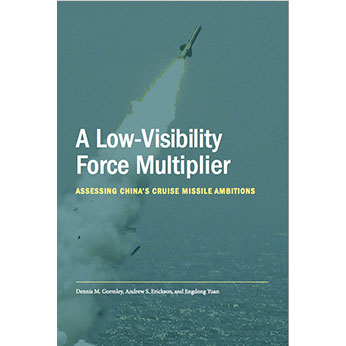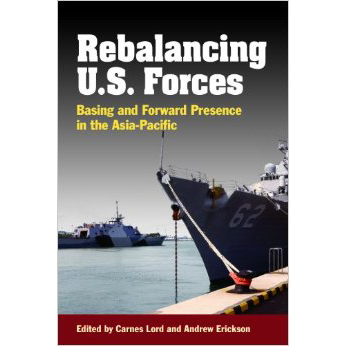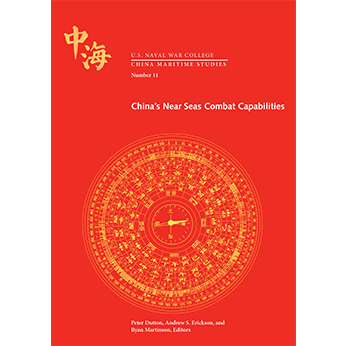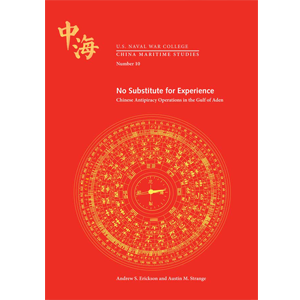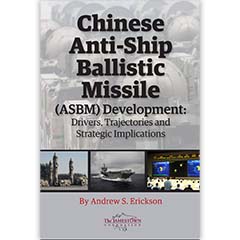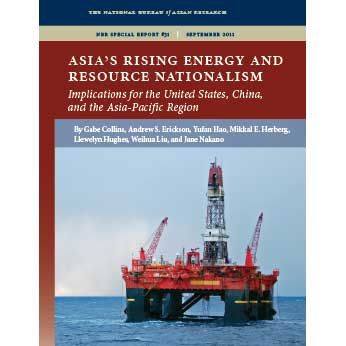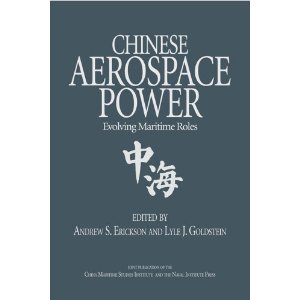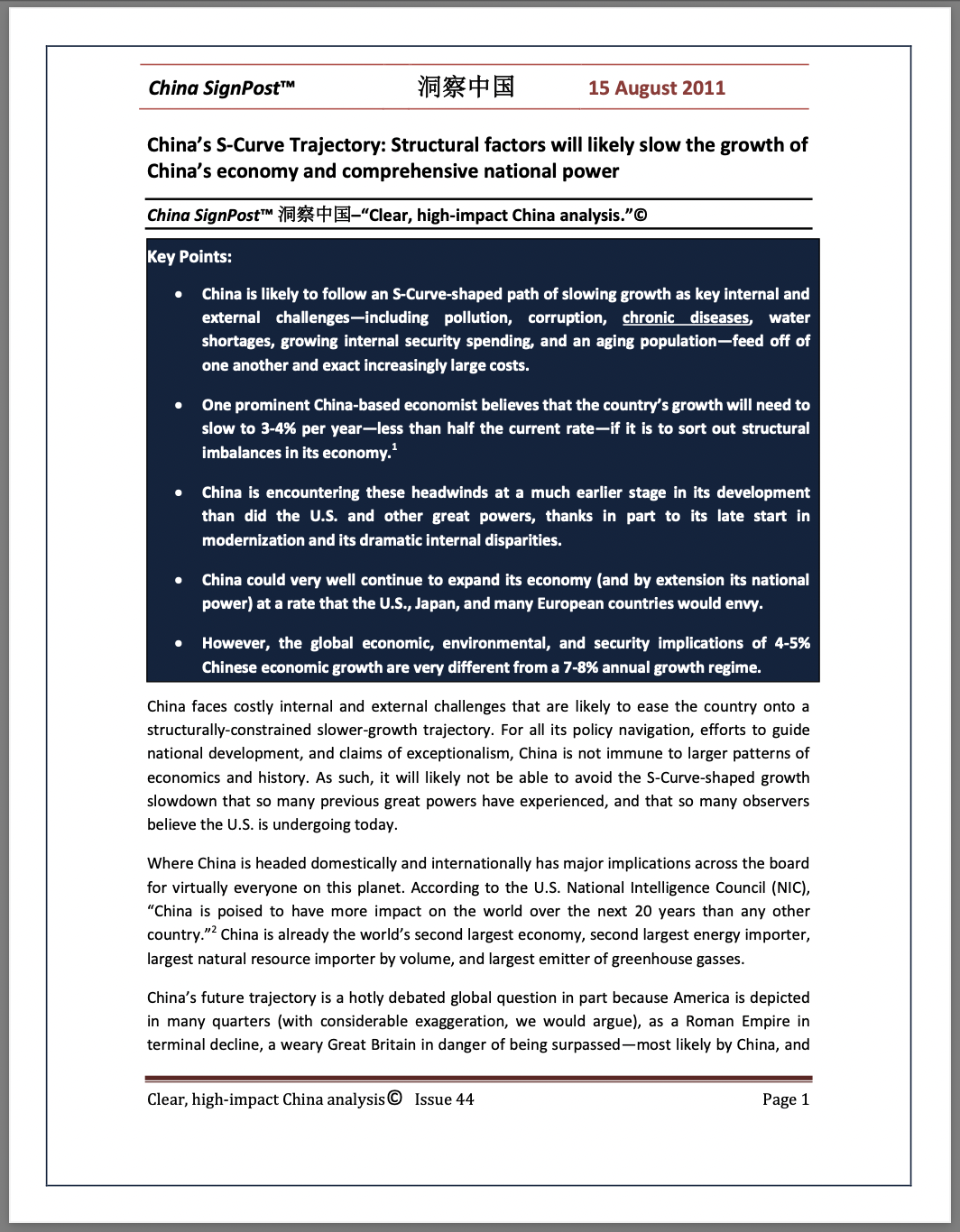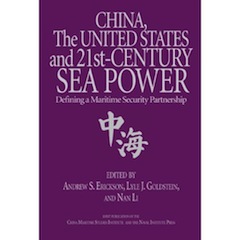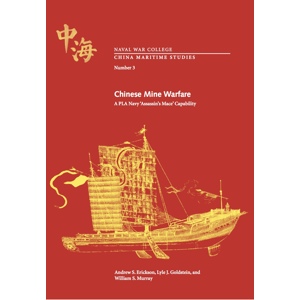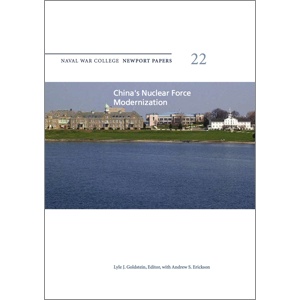China’s Future World-Class Navy: Ends, Ways, Means
Christopher H. Sharman and Andrew S. Erickson, “China’s Future World-Class Navy: Ends, Ways, Means,” in Benjamin Frohman and Jeremy Rausch, eds., The PLA’s Long March toward a World-Class Military: Progress, Ambitions, and Obstacles (Seattle, WA: National Bureau of Asian Research, 2025), 196–218.
CLICK HERE TO DOWNLOAD FULL TEXT OF VOLUME.
EXECUTIVE SUMMARY
This chapter identifies the PLA Navy’s 2035 and midcentury modernization goals, examines its progress in building requisite world-class capabilities, and assesses its current capability shortfalls and efforts to overcome them.
MAIN ARGUMENT
While there are multiple ways to measure a “world-class” navy, what matters most are China’s own criteria informing its efforts toward that end. Capabilities-based benchmarks are a widespread indicator of a navy’s level. PLA leadership appears focused on developing the capabilities that improve the PLA Navy’s proficiency to execute specified missions at the operational level of war. China’s 2019 defense white paper provides a roadmap for the PLA Navy to become the world’s most capable navy regarding these missions. Only when the PLA Navy successfully integrates the means required to support the full range of these missions will Beijing perceive that it has reached world-class status. By sowing doubt about the PLA Navy’s capability to execute these missions, Washington can downgrade party-military leadership perceptions about China’s world-class naval status and instill restraint.
POLICY IMPLICATIONS
- Full world-class status is reserved for when the PLA Navy establishes a global navy capable of protecting Chinese interests worldwide as instructed. On its current trajectory, the PLA Navy is likely to be capable of fully executing such operations by midcentury.
- If Beijing is unable to effectively integrate advanced technologies into tactical operations to enable the building of its desired fleet, then the PLA Navy will question its ability to surpass the U.S. Navy and achieve its top-tier objective.
- If the PLA Navy is unable to access suitable overseas ports for ship repair and armament resupply, its combat power projection overseas will be limited, thereby degrading the PRC’s ability to use the PLA Navy as a tool of influence overseas and potentially slowing its progress toward achieving its world-class objectives.
AUTHORS, DISCLAIMER, & ACKNOWLEDGEMENTS
Christopher H. Sharman is the Director of the China Maritime Studies Institute at the U.S. Naval War College.
Andrew S. Erickson is a Professor of Strategy at the China Maritime Studies Institute at the U.S. Naval War College.
Note: The views expressed here are the authors’ alone. They thank conference participants and anonymous reviewers for valuable inputs.
CHAPTER TEXT
On the morning of April 12, 2018, the People’s Liberation Army (PLA) Navy Type 052D (Luyang III) destroyer Changsha was moored pierside at Yulin, a naval port in the Southern Theater.1 The national ensign of the People’s Republic of China (PRC)—the PLA Navy’s own “8-1” pennant—was hoisted, and the ship was fully dressed in a rainbow of signal flags that punctuated the auspicious event.2 The navy band’s patriotic tunes broke the anticipatory silence as the ship’s honor guard snapped to attention. Central Military Commission (CMC) chairman Xi Jinping crossed the ship’s brow wearing military fatigues.3 After honor guard inspection, the ship’s horn sounded, the propellers began rotating, and the Changsha was underway, bound for nearby waters off Hainan’s southern coast.4 There, it would rendezvous with ten thousand PLA Navy sailors manning 48 warships on parade.5 The sheer preponderance of participating ships and attendees made this the largest-ever naval review for the PRC.6 The total tonnage of participating ships exceeded that of all other previous fleet reviews combined.7 With over half of participating warships commissioned after Xi became CMC chairman at the 18th National Congress in 2012, the arrayed armada represented a navy built and developed under him.8 The PLA Navy’s official newspaper, People’s Navy, highlighted the event’s theme: a celebration of the great efforts and latest achievements in PLA naval modernization in the “new era”—a tribute to Xi, his influence, and his unfolding legacy.9 … … …
VOLUME INFORMATION
The PLA’s Long March toward a World-Class Military
Progress, Ambitions, and Obstacles
Edited by Benjamin Frohman and Jeremy Rausch
The forthcoming volume The PLA’s Long March toward a World-Class Military: Progress, Ambitions, and Obstacles features papers from the 2024 People’s Liberation Army Conference convened by the National Bureau of Asian Research, U.S. Indo-Pacific Command’s China Strategic Focus Group, and the National Security Data and Policy Institute at the University of Virginia. The volume examines Xi Jinping’s requirement for the PLA to achieve “world-class” status by midcentury and the role it will play in supporting the Chinese Communist Party’s pursuit of national rejuvenation. The distinguished contributors to this volume assess the progress the PLA has made in key domains toward achieving world-class status, the party’s ambitions for the PLA once it achieves this goal, and the obstacles that are hindering the PLA’s progress.
General Secretary Xi Jinping has ordered China’s People’s Liberation Army (PLA) to become a “world-class military” by midcentury. What a “world-class” PLA means, however, remains uncertain. How are China’s leaders simultaneously cultivating loyalty to the Chinese Communist Party while encouraging professionalization in the PLA? What role does the PLA envision for capabilities such as artificial intelligence, quantum computing, and unmanned systems for operations such as an invasion of Taiwan? Will the PLA project power around the world similar to the U.S. military? Will China achieve nuclear parity with the United States? Does China seek to establish additional overseas military bases? And what does this all mean for the United States’ relations with key allies and partners in the Indo-Pacific, from Japan, Australia, and the Philippines to Taiwan, South Korea, and others?
INTRODUCTION
p. 11
In the next chapter, Christopher Sharman and Andrew Erickson examine the PLA Navy’s midcentury modernization ambitions. China already boasts the world’s largest navy by number of ships and submarines, the world’s largest shipyard infrastructure, and the world’s most productive shipbuilding industry. Nevertheless, Sharman and Erickson argue that neither Xi nor PLA Navy leaders yet believe their naval forces to be world-class. Through analyzing numerous internal speeches and documents from PLA Navy sources, they identify the service’s sweeping ambitions for building itself into a globally deployable force that is “more powerful than the world’s most powerful navy”—the U.S. Navy. As part of this objective, the PLA Navy seeks to be capable not only of fighting and winning maritime conflicts in the Indo-Pacific but also of projecting power to “win local regional wars” outside the Indo-Pacific and influence international maritime governance. Similar to the PLA Army’s modernization metrics, the PLA Navy uses the U.S. Navy as its primary benchmark for measuring its progress toward achieving world-class status.







